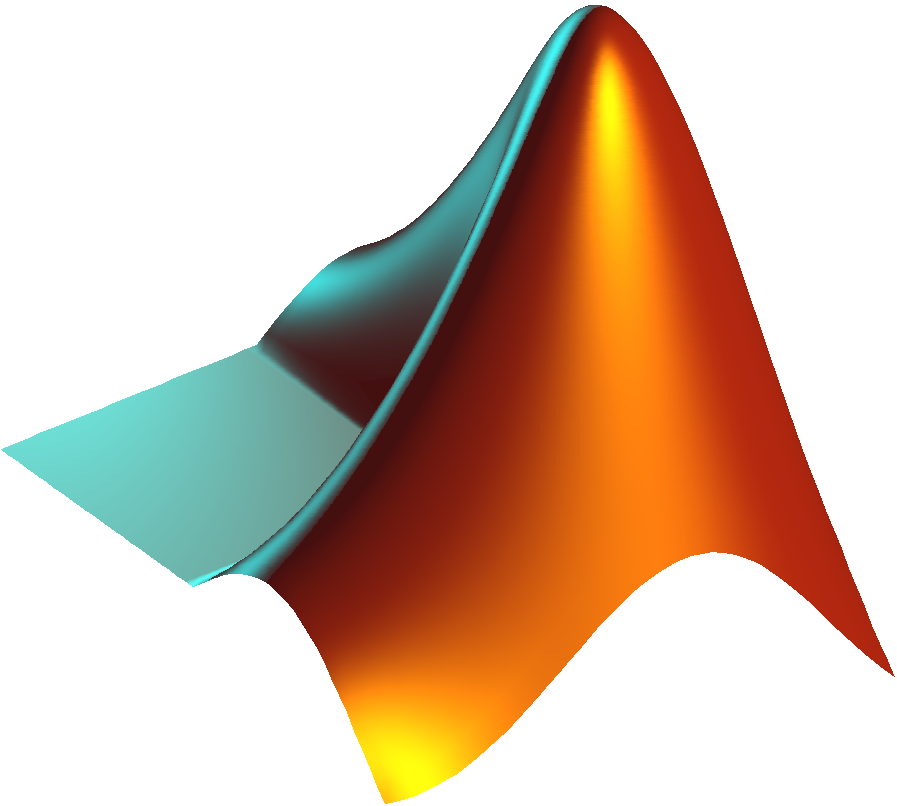Introduction to Numerical Analysis, Part 1 (MATH 5630/6630)
Course Description ( download the course syllabus )
Numerical analysts i) develop algorithms for solving mathematical problems in science and engineering, and ii) study their accuracy, efficiency and robustness. This course introduces some of the fundamental problems in numerical analysis, presents algorithms for approximating their solutions, and outlines some of the fundamental principles that underlie their analysis. We cover:
- Rootfinding Algorithms,
- (Piecewise) Polynomial Interpolation,
- Numerical Quadrature
- Numerical Solutions to Differential Equations.
Textbook
 A First Course In Numerical Methods, Uri Ascher and Chen Greif (SIAM 2011, Philadelphia). The Matlab programs accompanying the text can be found here. We will supplement the material in this text with additional notes, proofs and examples as needed.
A First Course In Numerical Methods, Uri Ascher and Chen Greif (SIAM 2011, Philadelphia). The Matlab programs accompanying the text can be found here. We will supplement the material in this text with additional notes, proofs and examples as needed.
You can buy first- and secondhand copies of the book online. If you want a new book, you can get a discount on to the SIAM online bookstore. If you become a SIAM student member (free for Auburn students), you get a 30% discount. Otherwise, select "List Price" (not "Member Price") and at the checkout, enter the coupon code BKAGAD for 20% discount.
Scientific Computing Software
 Matlab (Matrix Laboratory) was developed by Cleve Moler in the 1970's to make LINPACK and EISPACK, powerful linear algebra packages written in Fortran, accessible to students. It has since become a very popular interpreted programming language for numerical computing, both in academia and industry.
Matlab (Matrix Laboratory) was developed by Cleve Moler in the 1970's to make LINPACK and EISPACK, powerful linear algebra packages written in Fortran, accessible to students. It has since become a very popular interpreted programming language for numerical computing, both in academia and industry.
Are you new to Matlab? Here are just a few of many tutorials and introductry texts:
- Lecture notes by David Houcque from Northwestern
- T. A. Davis and K. Sigmon, MATLAB Primer , Seventh Edition, Chapman & Hall/CRC, Boca Raton, 2005
- D. J. Higham and N. J. Higham, MATLAB Guide, Second Edition, SIAM, Philadelphia, 2005.
Matlab is a proprietary language, but it is available on the desktops in the Computer Labs in Parker Hall. You can also access Matlab remotely from your own machine, via the virtual machine:
- Step 1: Download the client here.
- Step 2: Log in, using the hostname cosam-view.auburn.edu from the client.
- Step 3: Once you are in the virtual machine, go to the program --- cosam software --- math and select Matlab.
 Python is a general purpose, free, and open-source programming language that has gained a lot of traction in recent years. Its development has greatly benefited from an active community and libraries like NumPy, SciPy and Matplotlib allow for its effective use in scientific computing. A good introduction to Python can be found here .
Python is a general purpose, free, and open-source programming language that has gained a lot of traction in recent years. Its development has greatly benefited from an active community and libraries like NumPy, SciPy and Matplotlib allow for its effective use in scientific computing. A good introduction to Python can be found here .
Supplementary Notes
§1. Introduction
Example 1.2: matlab code , python code (download and rename as .py).
§2. Roundoff Errors
List of various malfunctions and catastrophes that resulted from software bugs, maintained by Prof. Thomas Huckle.
§3. Nonlinear Equations in One Variable
§10. Polynomial Interpolation
§11. Piecewise Polynomial Approximation
§15. Numerical Integration
§16. Differential Equations
Homework
Homework 1: problems
Homework 2:
Homework 3:
Homework 4:
Homework 5:
Homework 6:
Homework 7:
Homework 8:
Homework 9:
Homework 10: